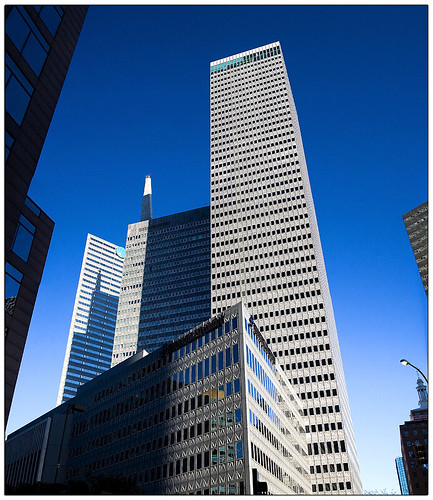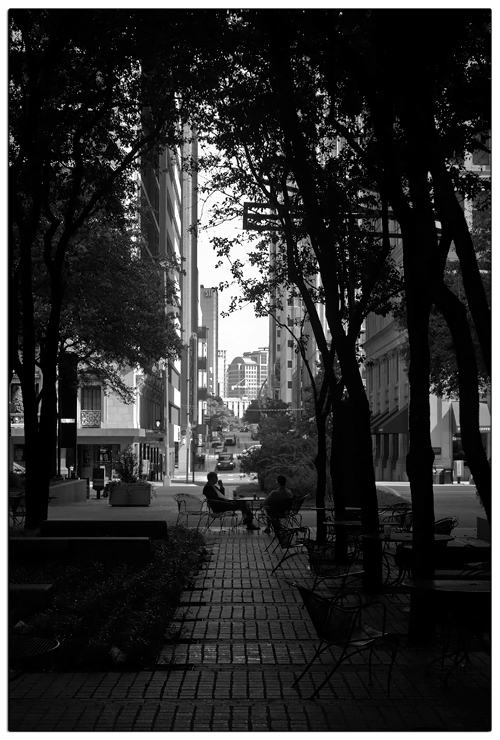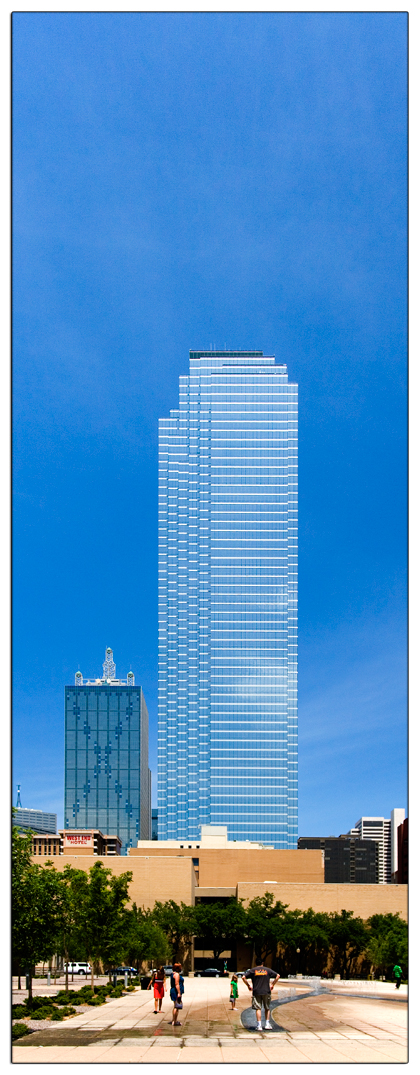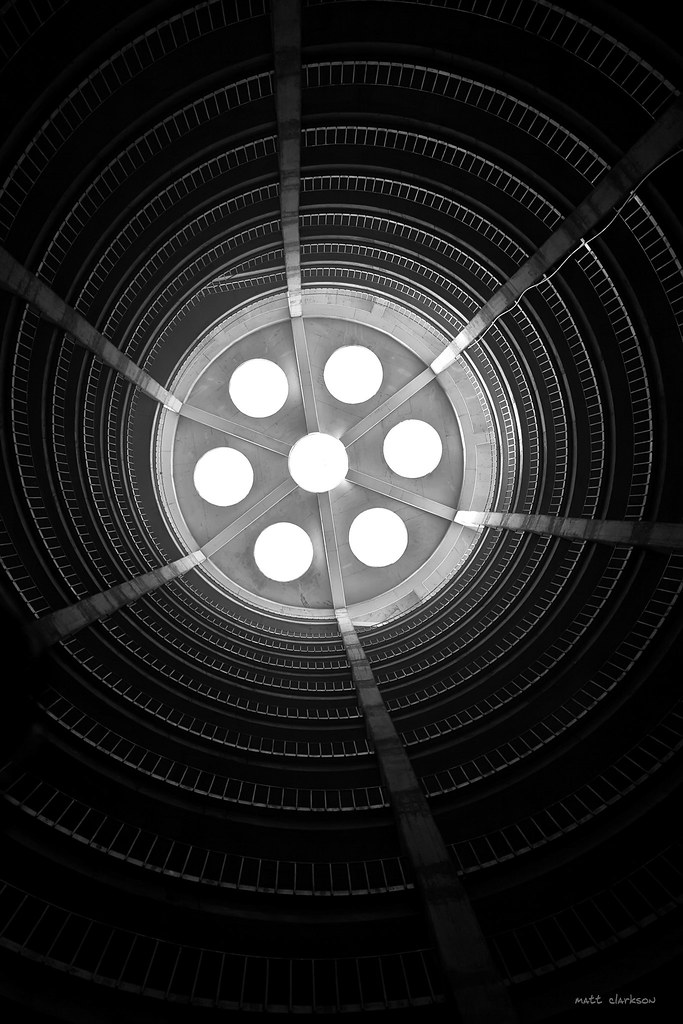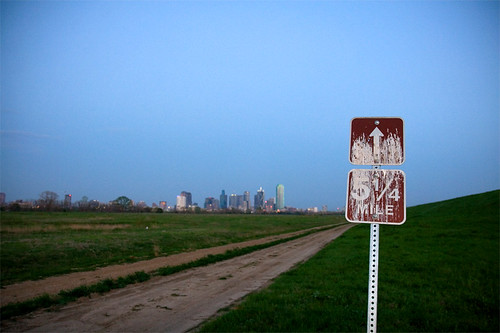Friday, June 24, 2011
A Look Back
I started this blog in December 2010, the ink in my pen went all but dry until about April 2011, then I started a more organized schedule of posts, 4 days a week. I am somewhat surprised by the amount of unique hits I have gotten so far, somewhere around 500. Some of the most popular countries for people to access the site from are Germany, South Africa, New Zealand, Australia, Canada, Britain and Singapore. I am always looking for more comments and for people to send me their digital photographs (via link) to publish as a blog entry. If anyone has an interesting hobby or cause, I am always up to interview you via email and post the interview on my blog. As with any blogger, I want to make this blog viral. I would love to have a million hits a day. But even if I could get 100-200 hits a day (which I am not currently) I would be really happy.
Wednesday, June 22, 2011
Chavin Culture
The Chavin culture thrived from 900 to 200 BC in what is now Peru. Chavin followed the Norte Chico culture but preceded both the Moche and Chimú periods as well as the Inca. The capital of this land was Chavín de Huantar which is located at a spectacular 10,430 ft. The people of Chavin cultivated potatoes, maize, cotton (of the variety Gossypium Barbadense) gourds and quinoa. They domesticated llama, alpaca and guinea pigs and collected clams and other shellfish. It is also suggested certain members of society use San Pedro Cactus for its' psychotropic properties.
Peru has always been rich in gold. All the civilisations of Peru used gold extensively. In fact, the Spanish took over 25,000 pounds of gold from the Americas after their conquests. The people of Chavin were skilled metalworkers. They built a sophisticated drainage systems. Jaguars, felines and anacondas played an important part in the religious life of Chavin.
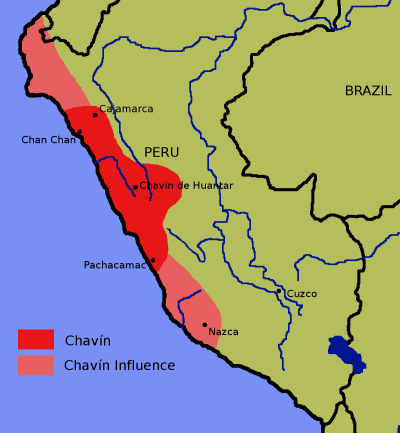

Quinoa, Photo: Maurice Chédel.
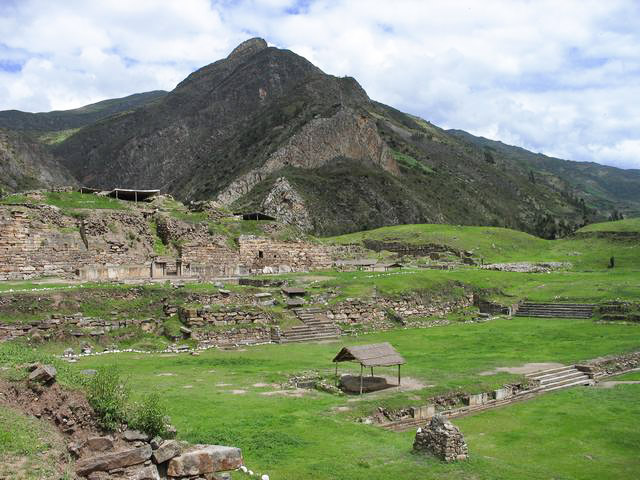
Chavín de Huántar Photo: Sharon odb

Cabeza Clava Chavin. Photo: Jorge Mori
Peru has always been rich in gold. All the civilisations of Peru used gold extensively. In fact, the Spanish took over 25,000 pounds of gold from the Americas after their conquests. The people of Chavin were skilled metalworkers. They built a sophisticated drainage systems. Jaguars, felines and anacondas played an important part in the religious life of Chavin.


Quinoa, Photo: Maurice Chédel.
Chavín de Huántar Photo: Sharon odb

Cabeza Clava Chavin. Photo: Jorge Mori
Tuesday, June 21, 2011
Lighthouses Around The World
A lot of people have an interest in lighthouses. It isn't one of my main interests, however, I found this site which has lighthouses all across the world, from Denmark to Indonesia. It is interesting to look through the pages. I like the connection to water and the ocean:
http://www.unc.edu/~rowlett/lighthouse/index.htm
http://www.unc.edu/~rowlett/lighthouse/index.htm
Monday, June 20, 2011
The Canaanites
The Canaanites inhabited only a small region of Israel, Lebanon, Jordan and Palestine, yet, it inhabits a large place in history and the imagination. Due to Canaan's location at the crossroads of the world, it like Israel has always been important and invovled in conflict. They built cities like Jericho, the oldest big city in the world. There typical city was walled, with a market. In the surrounding countryside, farms of barley, wheat, pistachios, olives and grapes abounded. The Canaanites were one of many groups in the complex and confusing world of the ancient Middle East.
The Canaanite religion was polytheistic. Among the gods worshiped were Moloch (Molech and also Molekh), Asherah, Dagon, Hadad and the main deity, El. Though Ba‘al (Baal) is the most well known god of the Canaanites, this is actually a generic name that can apply to many Canaanite deities, often Hadad. The religion of the Canaanites drew heavily on the Egyptian and Mesopotamian religions and possibly involved human sacrifice, particularly to the horned demonic god, Molech. Today, there are still some followers of the Canaanite religion.
The Canaanite religion was polytheistic. Among the gods worshiped were Moloch (Molech and also Molekh), Asherah, Dagon, Hadad and the main deity, El. Though Ba‘al (Baal) is the most well known god of the Canaanites, this is actually a generic name that can apply to many Canaanite deities, often Hadad. The religion of the Canaanites drew heavily on the Egyptian and Mesopotamian religions and possibly involved human sacrifice, particularly to the horned demonic god, Molech. Today, there are still some followers of the Canaanite religion.
Sunday, June 19, 2011
City Profile 010: San Diego, California, United States Of America
CITY PROFILE 010: SAN DIEGO, CALFORNIA, UNITED STATES OF AMERICA
Coordinates: 32°42′54″N 117°09′45″W
Elevation: 72–400 ft (22 m)
Daily Mean Temp: 61.25 Fahrenheit (16.25 Celcius)
Metro Population: 3,095,313
Estimated 2030 Metro Population: Over 4 Million.
Risks: Earthquakes, overpopulation, vulnerable state (California), high tax state.
Advantages: Cool weather, scenery, good shopping and dining.
Resources: Immediate: Port. Regional:

Coordinates: 32°42′54″N 117°09′45″W
Elevation: 72–400 ft (22 m)
Daily Mean Temp: 61.25 Fahrenheit (16.25 Celcius)
Metro Population: 3,095,313
Estimated 2030 Metro Population: Over 4 Million.
Risks: Earthquakes, overpopulation, vulnerable state (California), high tax state.
Advantages: Cool weather, scenery, good shopping and dining.
Resources: Immediate: Port. Regional:

Wednesday, June 15, 2011
The Obelisk
Obelisks are man made monuments found across the globe. They are especially widespread today and virtually every developed country has erected an obelisk somewhere. General, they are associated with government, central authority and capital cities. Some places which have this feature are Caracas, Dublin, Buenos Aires, France, Indonesia, Myanmar, Brazil and Mexico City.
No civilisation has been more associated with obelisks than the Ancient Egyptians, although, Ancient Rome is possibly responsible for building the most. Some of the Pharaohs who have obelisks are Senusret I, Seti II, Ramses II, Tuthmosis III, Amenhotep II, Hatshepsut, Nectanebo II and Tuthmosis I. The Assyrians built obelisks as well and Peru is home to at least one ancient obelisk, the 'Tello Obelisk'. Axum, Ethiopia was home to many as was Byzantium. In modern times, Washington DC is home to the Washington Monument.
Where ever power and empire has gone, obelisks have seemed to follow. They have become a symbol of civilization, grandeur and strength. The organized manpower and architectural skill needed to creat such a monument is extraordinary. But I find it important to point out, while these monuments are impressive, they have largely been built by slave or near slave labor in brutal working conditions, for the sake of one person or a few elites.

Washington Monument, 2005. Photo: David Bjorgen
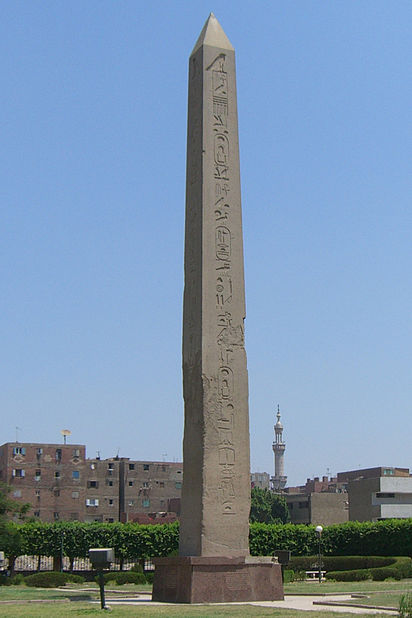
Obelisk of Pharaoh Senusret I, Al-MasallaMatariyyah district in Heliopolis, Cairo.
No civilisation has been more associated with obelisks than the Ancient Egyptians, although, Ancient Rome is possibly responsible for building the most. Some of the Pharaohs who have obelisks are Senusret I, Seti II, Ramses II, Tuthmosis III, Amenhotep II, Hatshepsut, Nectanebo II and Tuthmosis I. The Assyrians built obelisks as well and Peru is home to at least one ancient obelisk, the 'Tello Obelisk'. Axum, Ethiopia was home to many as was Byzantium. In modern times, Washington DC is home to the Washington Monument.
Where ever power and empire has gone, obelisks have seemed to follow. They have become a symbol of civilization, grandeur and strength. The organized manpower and architectural skill needed to creat such a monument is extraordinary. But I find it important to point out, while these monuments are impressive, they have largely been built by slave or near slave labor in brutal working conditions, for the sake of one person or a few elites.

Washington Monument, 2005. Photo: David Bjorgen

Obelisk of Pharaoh Senusret I, Al-MasallaMatariyyah district in Heliopolis, Cairo.
Tuesday, June 14, 2011
The Netherlands
I know several Dutch people and along with the British I do not think you could find a finer people as a whole. The geography of The Netherlands is very interesting. Of all the countries on earth, few if any have been more affected by humans than The Netherlands. Netherlands means low countries and 25 percent of Holland is below sea level. The Dutch have used dikes, canals, dams and windmills (kidding) to reclaim land from the sea. Flooding is a constant threat, however. Amsterdam actually has more canals than Venice (though St. Petersburg or as some call it Leningrad, has more than Amsterdam). Incredibly, almost 17 million people call the modest sized Nederlands home and according to many studies they are the tallest people on earth. The capital of Holland is Amsterdam and it is also the largest city. Rotterdam is second largest, Den Haag the third and Utrecht, Eindhoven and Tilburg are other large cities. The Rhine river flows through Holland to its' final destination the North Sea. I find the Netherlands to be a beautiful and charming country.

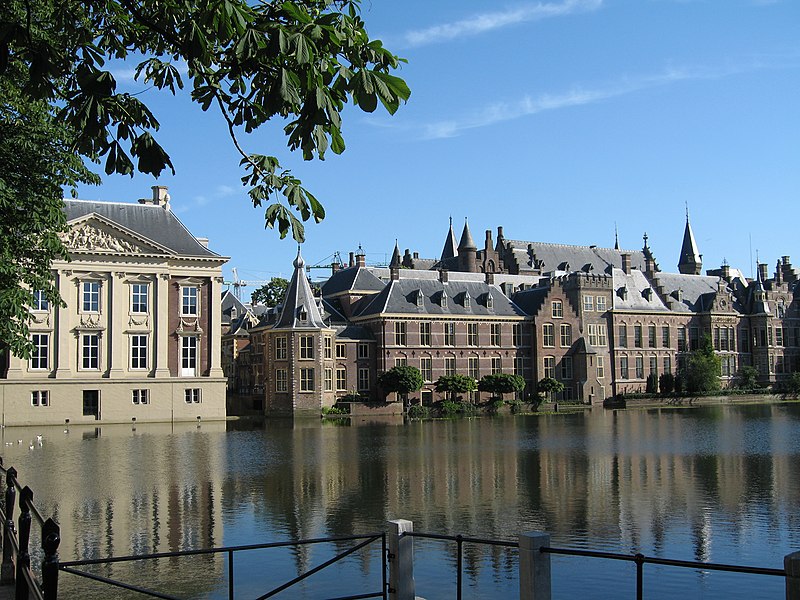
Hofvijfer in The Hahue 2006. Photo: Prasenberg

Oostvaardersplassen, a nature reserve in Netherlands, 2004. Photo: GerardM

Panorama Heuvelland, Limburg. Photo: Maurice van Bruggen

Hangende Keukens in Appingedam 2007. Photo: Thijs nl.

Part of the open landscape in Dutch national park "De Hoge Veluwe" 2009. Photo: Stefan Kruithof

Jachthuis Sint-Hubertus (St. Hubertus Hunting Lodge) at National Park De Hoge Veluwe, The Netherlands. Designed by H.P. Berlage in 1914. 2007. Photo: China_Crisis

Duinen in Nationaal Park Zuid-Kennemerland 2006. Photo: Donarreiskoffer.

Schiermonnikoog's lighthouse, 2003. Photo: Patlo at mail.com
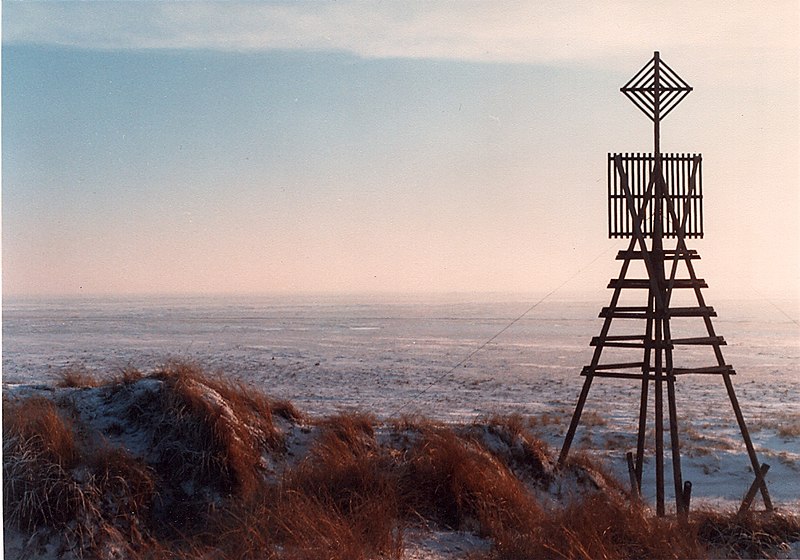
Triangulation beacon on Willemsduin, Schiermonnikoog, The Netherlands, 1982. Photo: Pieter Kuiper.
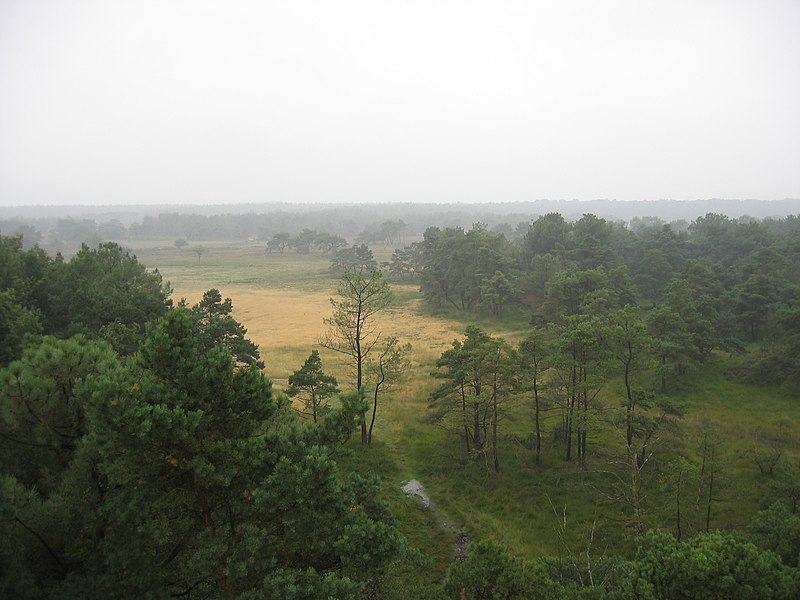
View of the heath of Kalmthout (Kalmthoutse heide), picture taken on top of watchtower by Tim Bekaert (Sep 2005).
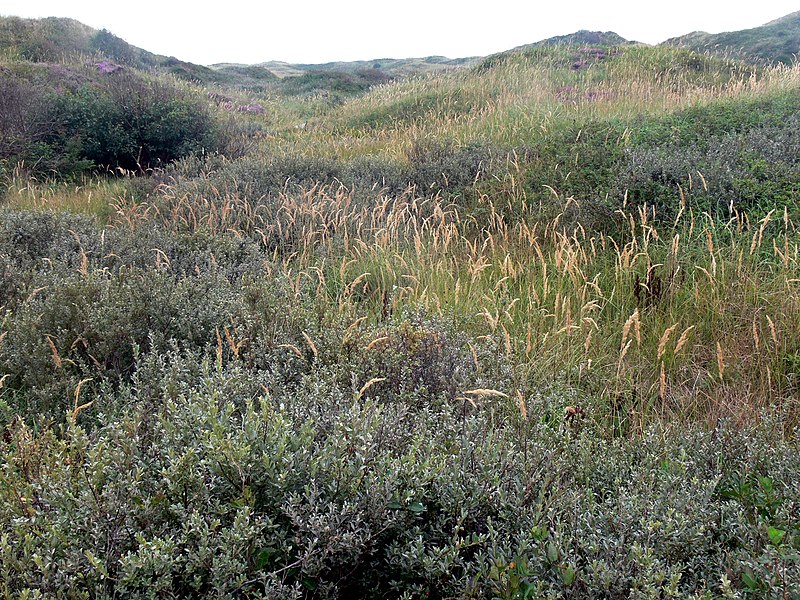
Texel. Old Dunes near Ecomare ( De Koog ), 2006. Photo: Wolfgang Sauber.
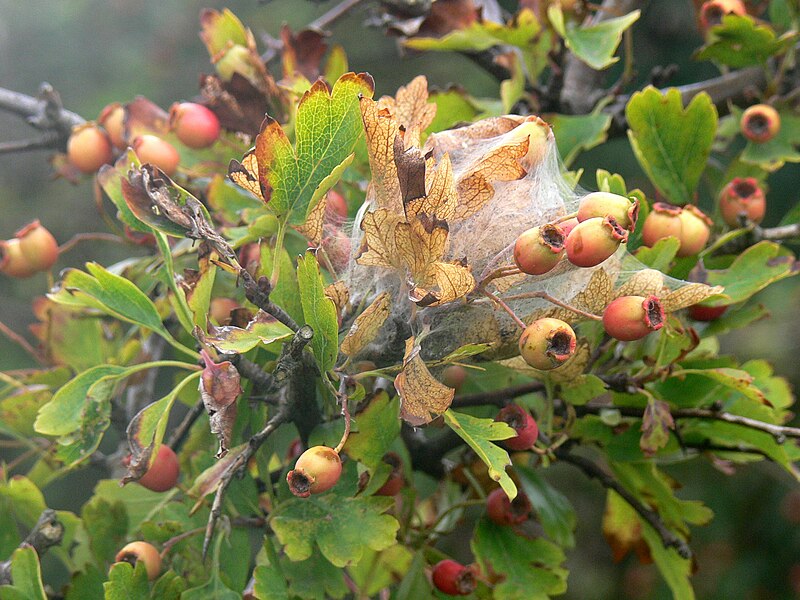
Texel. Sea buckthorn in the dunes near Ecomare at De Koog, 2006. Photo: Wolfgang Sauber.

Utrechtse Heuvelrug achter Amerongen, 2009. Apdency.


Hofvijfer in The Hahue 2006. Photo: Prasenberg
Oostvaardersplassen, a nature reserve in Netherlands, 2004. Photo: GerardM
Panorama Heuvelland, Limburg. Photo: Maurice van Bruggen

Hangende Keukens in Appingedam 2007. Photo: Thijs nl.

Part of the open landscape in Dutch national park "De Hoge Veluwe" 2009. Photo: Stefan Kruithof

Jachthuis Sint-Hubertus (St. Hubertus Hunting Lodge) at National Park De Hoge Veluwe, The Netherlands. Designed by H.P. Berlage in 1914. 2007. Photo: China_Crisis

Duinen in Nationaal Park Zuid-Kennemerland 2006. Photo: Donarreiskoffer.

Schiermonnikoog's lighthouse, 2003. Photo: Patlo at mail.com

Triangulation beacon on Willemsduin, Schiermonnikoog, The Netherlands, 1982. Photo: Pieter Kuiper.

View of the heath of Kalmthout (Kalmthoutse heide), picture taken on top of watchtower by Tim Bekaert (Sep 2005).

Texel. Old Dunes near Ecomare ( De Koog ), 2006. Photo: Wolfgang Sauber.

Texel. Sea buckthorn in the dunes near Ecomare at De Koog, 2006. Photo: Wolfgang Sauber.

Utrechtse Heuvelrug achter Amerongen, 2009. Apdency.
Labels:
Dutch,
Netherlands,
The Dutch,
The Netherlands
Friday, June 10, 2011
Henderson Island (Pitcairn Islands)
Henderson Island has interested me since I first read about it 10 or so years ago. At the time at age 12 or so, I secretly wished I could be castaway. The island is a raised coral atoll located in the south Pacific ocean and contains one fresh water spring. This spring presumably is the reason several famous castaways have survived extended periods on this island. Three members of the crew of a sunken whale ship, the Essex, survived from December 1820 to April 1821 on the island. Later, Robert Tomarchin survived two months in 1957 as well. Neighbouring islanders are known to visit the island 2 or 3 times a year to harvest Thespesia populnea and Cordia subcordata. Overall, the island contains 51 species of plants and 10 endemic ones. Henderson is one of the most isolated places on the planet; 5,000 kilometers from anywhere. I know I am not the only one who has a special interest in islands and the isolation and opprutunity the pose for a chance of survival. If one was to get away from it all, Henderson Island would be the perfect place to do it though, I am sure like other castaways before, it might be a relief when finally rescued.


Would you like to go to here sometime?
Photo: Makemake


Would you like to go to here sometime?
Photo: Makemake
Thursday, June 9, 2011
City Profile 009: Abu Dhabi, United Arab Emirates
CITY PROFILE 009: ABU DHABI, UNITED ARAB EMIRATES
Coordinates: 24°28′N 54°22′E
Elevation: Sea level
Daily Mean Temp: 25.5 Celcius (78 Fahrenheit)
Metro Population: 896,751
Estimated 2030 Metro Population: 3.1 million
Risks: Miserably hot, located in the chronically unstable Middle East, water issues.
Advantages: Strategic location, wealthy country, high standard of living, high hdi, strong economic growth, promising economic future.
Resources: Immediate: Strategic location/port on Straight of Hormuz Regional: Natural gas, petroleum.
Other: Very powerful region of the world with other booming, marvelous cities such as Manama, Kuwait City, ect.
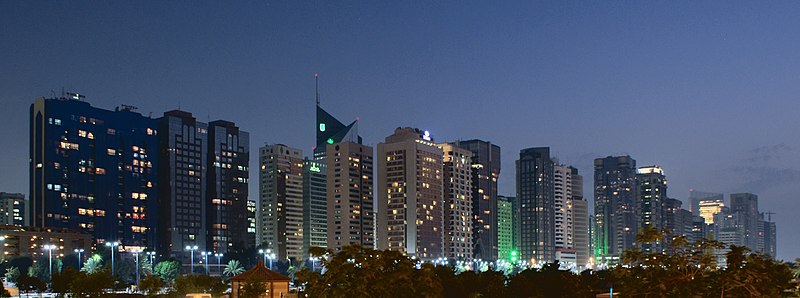
Photo: Nepenthes
Coordinates: 24°28′N 54°22′E
Elevation: Sea level
Daily Mean Temp: 25.5 Celcius (78 Fahrenheit)
Metro Population: 896,751
Estimated 2030 Metro Population: 3.1 million
Risks: Miserably hot, located in the chronically unstable Middle East, water issues.
Advantages: Strategic location, wealthy country, high standard of living, high hdi, strong economic growth, promising economic future.
Resources: Immediate: Strategic location/port on Straight of Hormuz Regional: Natural gas, petroleum.
Other: Very powerful region of the world with other booming, marvelous cities such as Manama, Kuwait City, ect.

Photo: Nepenthes
Wednesday, June 8, 2011
Sugarland
The city of Sugarland, Texas has about 80,000 people living in it. It is located in Fort Bend County and is a suburb of Houston. The city has received numerous high rankings in 'best place to live' lists by various publications. Sugarland is also one of the wealthiest cities in America (and thus, the world). Many residents work in Oil and commute to Houston. Sugarland would seem familiar to people living in Plano or Allen, Texas, Scottsdale or Glendale, Arizona, Edmond, Oklahoma or Henderson, Nevada. It is a typical wealthy--albeit hot--sunbelt suburb. I lived in Sugarland for a while as a kid and remembered it being quite, diverse (especially a lot of Asian, Indian and Middle Eastern people) and somewhat ... boring. But overall it was a nice place. Sunbelt suburbs have always interested me as they are very similar across the Southwest and California.

Typical Sugarland Neighbourhood

Typical Sugarland Neighbourhood
Tuesday, June 7, 2011
Thursday, June 2, 2011
City Profile 008: Santiago, Chile
CITY PROFILE 008: SANTIAGO, CHILE
Coordinates: 33°27′0″S 70°40′0″W
Elevation: 520 meters (1,706 feet)
Daily Mean Temp: 14.38 Celsius (57.9 Fahrenheit)
Metro Population: 7.2 million
Estimated 2025 Metro Population: 8 million
Risks: Overpopulation, political center and therefor prone to conflict, water issues, pollution, poor air quality, high cost of energy, huge earthquake risk.
Advantages: Low risk of external conflict/attack, capital of a country with a regional history of civilization going back thousands of years, largely missed the global recession, highest human development in South America, relatively mild climate, good economic growth.
Resources: Immediate: Regional: Fertile land, copper, hydropower, timber, precious metals, , nitrates, iron ore, molybdenum.
Other: One hour from the beautiful Chilean coast and the historic city of Valparaíso (sometimes called little San Francisco). Mediterranean region similar to California or Italy.

Coordinates: 33°27′0″S 70°40′0″W
Elevation: 520 meters (1,706 feet)
Daily Mean Temp: 14.38 Celsius (57.9 Fahrenheit)
Metro Population: 7.2 million
Estimated 2025 Metro Population: 8 million
Risks: Overpopulation, political center and therefor prone to conflict, water issues, pollution, poor air quality, high cost of energy, huge earthquake risk.
Advantages: Low risk of external conflict/attack, capital of a country with a regional history of civilization going back thousands of years, largely missed the global recession, highest human development in South America, relatively mild climate, good economic growth.
Resources: Immediate: Regional: Fertile land, copper, hydropower, timber, precious metals, , nitrates, iron ore, molybdenum.
Other: One hour from the beautiful Chilean coast and the historic city of Valparaíso (sometimes called little San Francisco). Mediterranean region similar to California or Italy.

Labels:
City Profile 008,
Santiago,
Santiago Chile
Wednesday, June 1, 2011
Olmec Civilisation
The Olmec Civilisation is one of the most important civilisations ever. This is because it is a cultural hearth. Unless new evidence shows that the people of the Desert Southwest of North America or the Eastern Woodlands (with sites like Watson Brake or Poverty Point) were the actual inspiration for Olmec civilisation, then it was the Olmec who laid the foundation what would become a long line of New World civilisations including the Mixtecs, Toltecs, Aztecs and most importantly of all, the Maya.
Why are the Olmec given this distinction? Well, for one, monumental architecture such as the massive Olmec Heads show a need for organized labour. Second, large settlements like La Venta, San Lorenzo and Tres Zapotos, listed in order from earliest to latest, attest to city living rather than hunting and gathering. Third, the Olmec invented a writing writing system, a hallmark of a culture bursting into civilisation. If one book is correct which stated India, Persia, China and Egypt's writing systems were built upon Sumerian Cuneiform, than the only true written language ever invented independently were Sumerian Cuneiform and Olmec Hieroglyphics. All other writing systems can be traced to these two. Fourth, the Olmec practiced large scale agriculture. They grew the all important 'three sisters'; maize, squash and beans and a fourth of almost equal importance, the chili pepper. Avocados were another major food crop and cotton was important for the manufacture of clothing. Fifth, the Olmec, like the Babylonians, made huge achievements in math and astronomy. The Olmec discovered zero, created a calender and watched the stars. Finally, the Olmec had extensive trade networks. Obtaining luxury goods via trade requires specialisation and a noble class wealthy enough to buy non-essential items like gold or jade. The Olmec made items of florid materials such as obsidian and turqoise. Jade was also used by the Olmec. The only source of Jade in the region is from the Motagua River valley in eastern Guatemala.
With the growing interest in Mesoamerican Archaeology, the Mayans and Aztecs often get all the credit. However, groups like the Toltecs, Mixtecs and most importantly, the Olmec deserve far more research, discussion and interest.
Why are the Olmec given this distinction? Well, for one, monumental architecture such as the massive Olmec Heads show a need for organized labour. Second, large settlements like La Venta, San Lorenzo and Tres Zapotos, listed in order from earliest to latest, attest to city living rather than hunting and gathering. Third, the Olmec invented a writing writing system, a hallmark of a culture bursting into civilisation. If one book is correct which stated India, Persia, China and Egypt's writing systems were built upon Sumerian Cuneiform, than the only true written language ever invented independently were Sumerian Cuneiform and Olmec Hieroglyphics. All other writing systems can be traced to these two. Fourth, the Olmec practiced large scale agriculture. They grew the all important 'three sisters'; maize, squash and beans and a fourth of almost equal importance, the chili pepper. Avocados were another major food crop and cotton was important for the manufacture of clothing. Fifth, the Olmec, like the Babylonians, made huge achievements in math and astronomy. The Olmec discovered zero, created a calender and watched the stars. Finally, the Olmec had extensive trade networks. Obtaining luxury goods via trade requires specialisation and a noble class wealthy enough to buy non-essential items like gold or jade. The Olmec made items of florid materials such as obsidian and turqoise. Jade was also used by the Olmec. The only source of Jade in the region is from the Motagua River valley in eastern Guatemala.
With the growing interest in Mesoamerican Archaeology, the Mayans and Aztecs often get all the credit. However, groups like the Toltecs, Mixtecs and most importantly, the Olmec deserve far more research, discussion and interest.
Subscribe to:
Comments (Atom)

